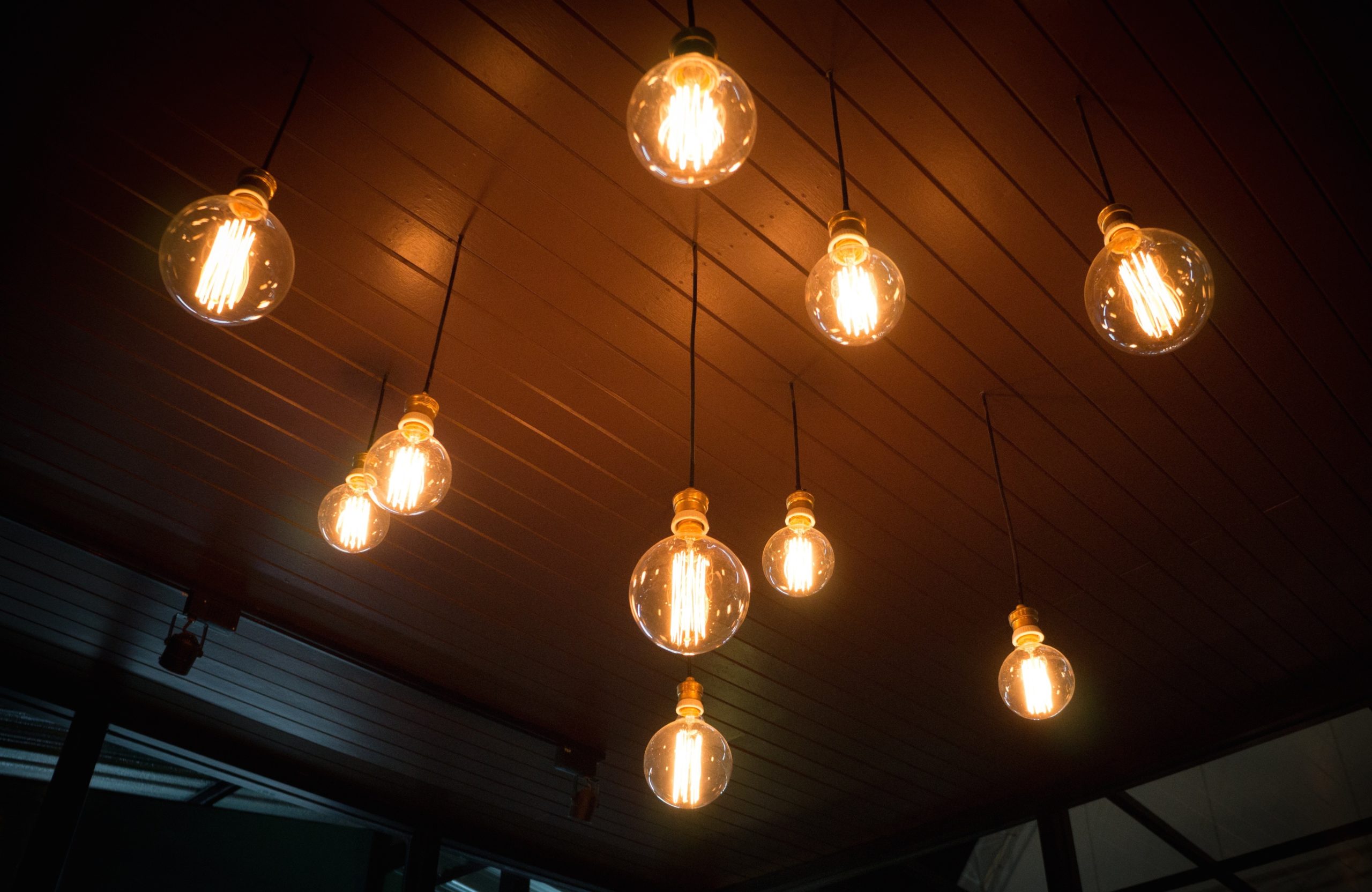Saving energy is in demand like never before
The sharp rise in energy prices in recent months affects us all. The increase in the price of natural gas, electricity and petroleum products does not only affect individual households, but is just as noticeable for companies. In addition, growing environmental awareness is also a driver for reducing energy costs and resource consumption in the company. Therefore, energy saving measures are needed.
Saving energy in three areas: Heating, electricity and production
Businesses, whether in the industrial, service, commercial or retail sectors, account for a large fraction of the total energy demand. Businesses, whether in the industrial, service, commercial or retail sectors, account for a large fraction of the total energy demand. There are various reasons for this. On the one hand, certain manufacturing processes are linked to a high energy demand. On the other hand, the buildings of the companies are usually used from early in the morning until late in the evening, often six days a week. The three main areas responsible for high energy costs are heating, electricity and production.
Point of departure
Before starting to implement energy-saving measures, it makes sense to be aware of the current energy consumption. A look at the last annual statement provides initial information on annual consumption.
For larger companies, an analysis can be carried out with an energy audit. This identifies the areas with the highest energy consumption. Consequently, potential savings can then be identified. The goal here is to establish energy management in the company. Especially in sectors with very high energy consumption, it makes sense to keep a constant overview of energy consumption.
Specific measures in the areas of heating, office applications and lighting with immediate implementation
When it comes to saving energy, there are some immediate measures. They can be implemented quickly with low investments and behavioural changes. These are small changes that can be implemented quickly and at the same time have noticeable effects.
Heating:
- Use room thermostat
- Pair room thermostat with timer: lower temperature outside operating hours (from 4 hours onwards, lowering makes sense); a room thermostat can also be equipped with a timer afterwards
- Check thermostat setting regularly and adjust if necessary: changed operating times, changes from summer to winter time, …
- Heat regularly used rooms to 19/20°C; heating in less used rooms such as storerooms can be reducedFree radiators so that heat can be radiated: e.g. remove wood panelling
- Bleed the radiators regularly, because air in the radiator consumes additional energy: if a radiator “gurgles”, this is a sign of air in the radiator
- Ventilate properly: ventilate the room at regular intervals instead of tilting the windows for a long time
- Prevent heat loss through windows: check for density, use thermal protection blinds / thermal curtains.
Office application:
- Switch off electronic devices outside operating hours, instead of stand-by mode
- Deactivate the screen saver; set the monitors to switch off automatically after a certain period of time
- Use a central printer instead of a workstation printer
- Use power strips that can be switched off when needed: place them where they are easy to reach
- when purchasing new equipment, choose energy-efficient devices
Lighting:
- Work with daylight
- For large facilities: regular inspection of the facility to detect any defects: where are unnecessary lamps, where are additional lamps needed?
- Regularly check functionality: Replace lamps, cleaning if necessary
- Clean windows to ensure unobstructed light flow
- Limit lighting to work-relevant times and parts of the facility where needed
- Use directional, focussed lighting where there is a high demand for light
- use time-based and presence-based lighting control, e.g. a timer or motion switch.
- Change light sources to LED
Saving energy by replacing windows or heating systems
In addition, there are measures that are associated with greater effort and higher investment. These are the replacement of leaky windows or the replacement of an outdated heating system with a newer method such as a heat pump or pellet heating. But there are further possible measures. Especially in new buildings and reconstructions, such measures should be taken.
Saving energy through awareness raising
What has to be considered in all measures is the involvement of the employees. The best equipment is only of little help if it is not used. Raising awareness among employees should therefore be high on the list of actions to be taken. With the help of workshops and training courses, employees can be made more aware of and motivated to save energy. The hand-out of information material can serve as a support in everyday life to internalise energy-saving behaviour.
Energy-efficient action and energy-saving action in combination
Not only energy-efficient action, but much more energy-saving behaviour is important. If a company buys efficient new monitors that are twice as big as the previous ones and are used much more, no energy is saved in this way. The so-called rebound effect occurs. This is the loss of savings because more efficient products can lead to increased use.
Or: the purchase of energy-efficient printers (as an example of energy-efficient action), can be complemented by energy-saving use by printing less and more consciously (as an example of energy-saving action), in order to act even more efficiently and save resources.
In summary, it can be said that it is definitely profitable to deal with one’s own energy consumption in the company. Even with small investments, regular inspections, optimised regulations and more awareness of the issue, noticeable savings can be achieved. Small changes can have a big impact, not only for your business, but also for the environment.
Practical tip on how we can assist in saving energy:
- Use the ESG Cockpit to digitally record energy data, compare and keep track of changes and create the basis for your carbon footprint.
- Organisation & moderation of events & workshops on the topic of energy saving.
Make an appointment now: welcome (at) koloo.at

